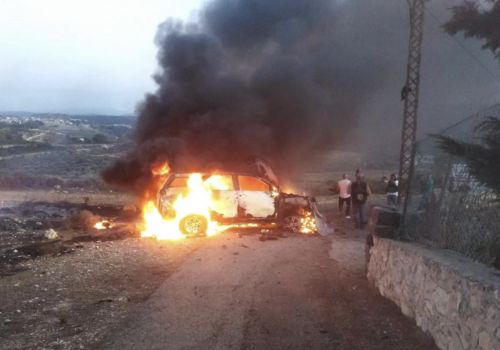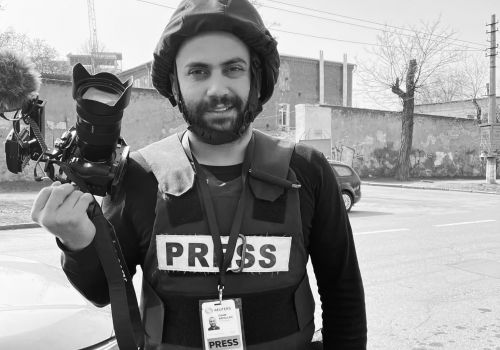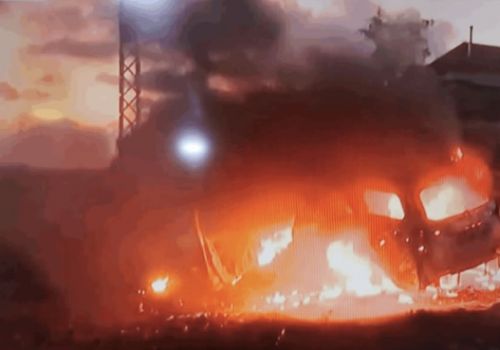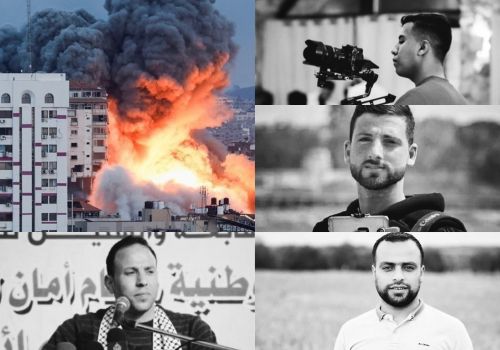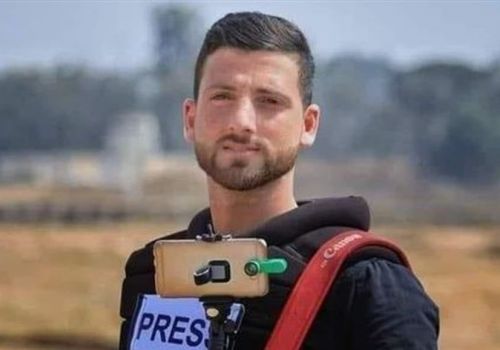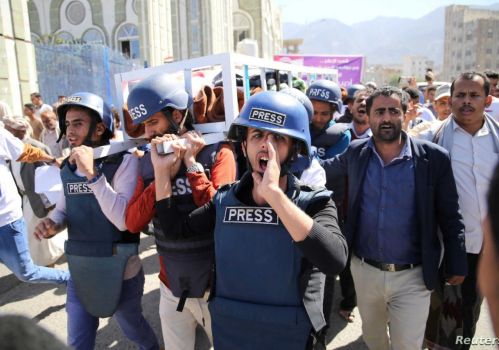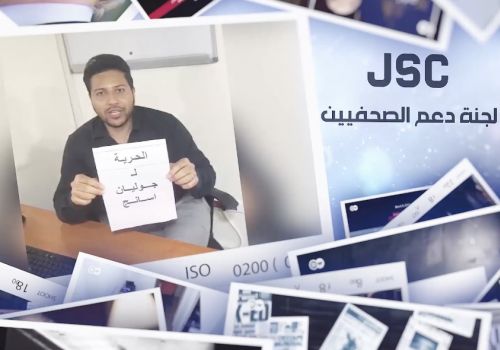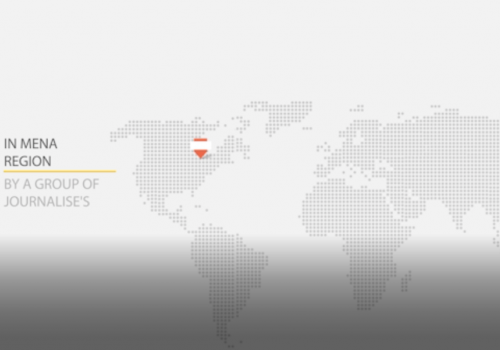Media Literacy in the Age of Deepfakes
2022-06-09 12:06
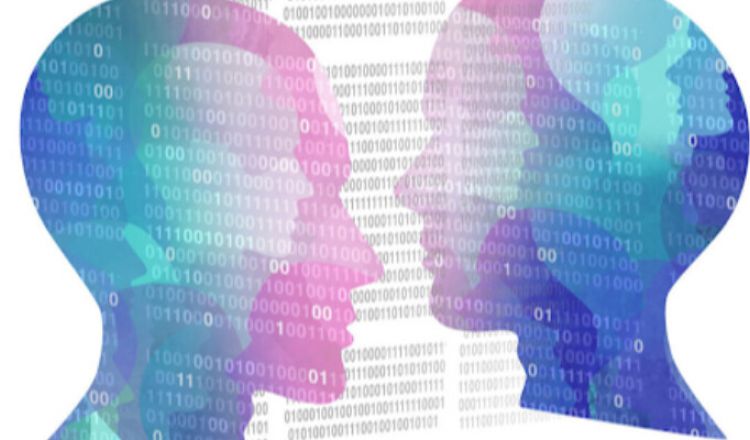
Deepfakes are among the new most common types of fake news, especially as new technologies have shown the easiest ways of generating misleading narratives and spreading them: Using deepfake techniques and artificial intelligence.
What Is a “Deepfake”?
And as fake news and misinformation continue to spread during the tensions between Russia and Ukraine. It became difficult to debunk the large number of deepfakes and deepfakes audio circulating.
According to the Business Insider, the term deepfake comes from the underlying technology of deep learning, which is a form of AI that can teach itself how to solve problems when given large sets of data. “It is used to swap faces in the video and digital content to make realistic-looking fake media.”
Our team previously showed in one of Misbar's blogs that audio deep fake seems to be a new way to spread fake news with the large number of vocals that most fact-checking platforms could face difficulties while trying to debunk.
A 2020 study published by Pew Research Center has shown that 53% of adults in the United States “often” or “sometimes” get news from social media. The research paper mentioned that people are aware of doctored and altered photos and misinformation, but machine learning enables the proliferation of video and image deepfakes with increasing sophistication.
Media Literacy to Combat Fake News
An article on The Good Men Projecthas announced that the MIT Center for Advanced Virtuality (MIT Virtuality for short) has recently created “a course that addresses misinformation both in terms of specific contemporary technological phenomena and a broader media perspective.”
Joshua Glick, education producer for the MIT Virtuality project told The Good Men Project: “We are currently experiencing an information crisis.”
According to Glick, the pandemic has amplified the crisis after political, technological, and economic forces propelled the spread of misinformation and disinformation throughout our media environment.
MIT Center for Advanced Virtuality, part of the MIT Open Learning, has created a free online course, “Media Literacy in the Age of Deepfakes,” to give educators and independent learners the resources and critical skills to understand the threat of misinformation.
The course that considers deepfakes within the large history of media manipulation also aims to show how artists and filmmakers use AI for a wide range of civic projects. It also includes a comprehensive section of resources with assignments related to deepfakes and many citations and references throughout the modules.
The Media Literacy in the Age of Deepfakes module and other courses in Comparative Media Studies and Media Arts have been used at many colleges and institutions like Dartmouth College and other universities.
Media literacy can help strengthen critical thinking. Therefore, developing critical thinking is crucial to preventing the spread of fake news and misinformation, especially when it comes to visual materials and deepfakes. Media experts also confirm that adopting an advanced visual culture is essential to spot deepfakes and altered videos.
Misbar’s Sources:

